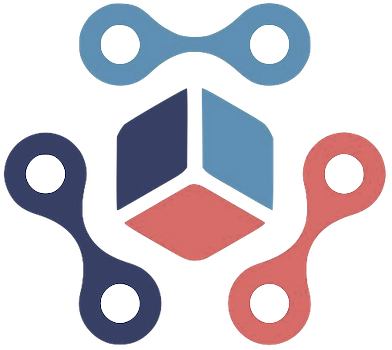In a significant shift from its previous stance, OpenAI has re-entered the arena of open-weight AI models after more than five years of secrecy and proprietary focus. The launch of GPT-OSS-120B and GPT-OSS-20B marks a deliberate move towards democratizing AI technology, allowing everyday users, researchers, and developers to harness sophisticated language models directly on their devices. This decision challenges the conventional narrative that powerful AI must be confined within corporate silos, favoring instead a vision of shared progress and collective innovation.
The release emphasizes a crucial point: open models can catalyze rapid advancements in AI by providing transparent access to underlying architectures. The significance of this act extends beyond mere accessibility; it invites scrutiny, collaboration, and iterative improvement by a global community. By making these models available for free on Hugging Face under the permissive Apache 2.0 license, OpenAI paves the way for a new era where AI tools are not just proprietary products but shared resources that push the boundaries of what’s possible. This approach embodies a spirit of openness that contrasts sharply with the company’s recent focus on closed, API-driven solutions.
Balancing Innovation with Responsible Deployment
The decision to release open-weight models is also fraught with complexities—chief among them, concerns about misuse. Unlike traditional proprietary models, open weights remove barriers that limit who can deploy and modify these tools, raising the stakes for responsible AI stewardship. OpenAI’s own testing and safety considerations reveal an awareness of these risks. It fine-tuned the models internally, assessing potential vulnerabilities and malicious applications.
This conscious effort to evaluate risk reflects a broader challenge: how to foster open innovation while safeguarding societal interests. The models do not include multimodal capabilities but can browse the internet, execute code, and interact with cloud-based tools—features that extend their utility but also amplify potential threats. OpenAI’s cautious approach, delaying release for further safety evaluations, highlights an understanding that openness necessitates the implementation of safeguards. The balancing act involves enabling developers to unlock AI’s full potential without unleashing unintended consequences.
The Potential of Open Models to Spark Innovation and Collaboration
By offering models capable of running locally — even on consumer hardware with more than 16 GB RAM — OpenAI empowers a broader spectrum of users. This level of democratization could accelerate AI advancement, as developers no longer depend solely on cloud APIs but can fine-tune, adapt, and experiment with models within their secure environments.
Furthermore, the community-driven nature of open-source models like GPT-OSS fosters collaboration among researchers from diverse backgrounds. This collective effort can lead to breakthroughs that traditional, closed models might hinder due to limited access or restrictive licensing. The open approach also invites scrutiny, ensuring models are better understood, improved, and aligned with ethical standards over time.
However, this approach is not without its pitfalls. Open models risk being manipulated for malicious purposes—further fueling debates over whether the benefits of openness outweigh the potential harms. Responsible deployment, ongoing safety assessments, and community oversight will be critical to ensuring these powerful tools serve society positively.
A Bold Step Toward a More Transparent and Equitable AI Future
OpenAI’s re-entry into open-weight AI models signals a pivotal moment—one that challenges traditional corporate control over AI and fosters a more inclusive landscape. It embodies both optimism and caution: optimism about the innovations open access can generate and caution about the potential risks that come with removing barriers.
This move underscores the importance of transparency in AI development. When weights and models are scrutinizable by all, the transparency can lead to more trustworthy systems and collaborative improvements. Yet, it also underscores a shared responsibility: the AI community collectively must ensure that these tools are used ethically, safely, and for the betterment of society.
In the end, OpenAI’s release is a gamble on the power of collective intelligence, transparency, and responsible innovation. It is a testament to the belief that the future of AI lies not solely in proprietary control but in open communities that harness shared knowledge to create smarter, safer, and more equitable technology for all.

